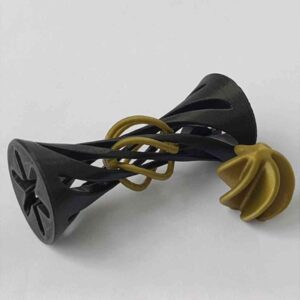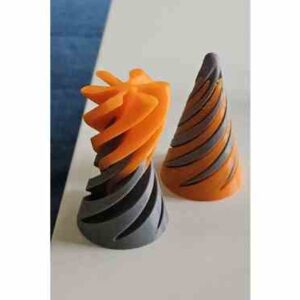This site is for sale. For more information, message me on WhatsApp. Thank you +989154049239
more details:
Title: 3D hand splint: a new and personalized solution for the treatment of fractures
Meta description: Are you looking for a comfortable and functional hand splint? 3D hand splints, using 3D printers, are designed and manufactured precisely for each person. In this article, we will review the benefits, applications and how to make 3D hand splints.
main text:
3D hand splint: the future of fracture treatment
In the medical world, new technologies are rapidly changing treatment methods. One of these technologies is 3D printing, which has created a huge revolution in the manufacture of hand splints.
What are 3D hand splints?
3D hand splints are customized molds that are made using 3D printers based on a mold of the patient’s hand. These splints fully conform to the anatomy of the hand and, as a result, provide better comfort and support to the patient.
Advantages of 3D hand splints:
Complete customization: Splints are made exactly to the shape of the patient’s hand and provide the best support.
Greater comfort: Due to the precise design and use of lightweight materials, 3D splints are much more comfortable than traditional splints.
Manufacturing speed: The manufacturing process of 3D splints is much faster than traditional methods.
Lower cost: In the long term, using 3D splints can reduce treatment costs.
Various designs: Splints can be produced in different designs and colors to be more attractive to the patient.
Applications of 3D hand splints:
Fractures of hand bones: to immobilize broken bones and speed up the healing process.
Tendon and ligament injuries: To support damaged tendons and ligaments.
Joint diseases: to reduce pain and inflammation in hand joints.
How to make a 3D hand splint:
3D hand scan: A precise 3D scan is taken from the patient’s hand.
3D model design: Based on the 3D scan, a 3D model of the splint is designed.
3D printing: the designed model is made using a 3D printer and special materials.
Delivery of the splint: the ready splint is delivered to the patient.
Materials used in making three-dimensional splints:
Biocompatible plastics: These materials are compatible with the human body and do not cause allergies.
Light metals: Light metals such as aluminum can be used to make stronger and lighter splints.
The future of 3D hand splints
With the development of 3D printing technology, it is expected that 3D hand splints will find wider applications in the future. For example, this technology can be used to make custom hand prostheses.
Conclusion
3D hand splints have revolutionized the future of treating hand fractures and injuries by offering many benefits. This technology allows doctors and patients to achieve personalized and effective treatments.
Keywords: 3D hand splint, 3D printer, hand fracture, medicine, technology, customization, comfort, recovery, 3D scan, 3D design, biocompatible materials




© All Rights Reserved.